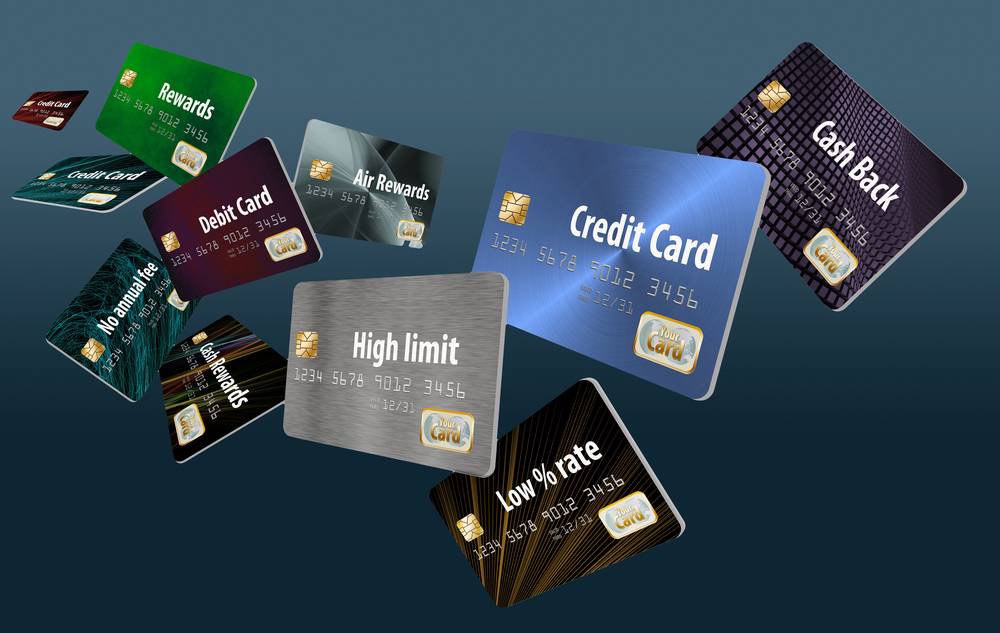From planning a trip to remodeling your home, there are many sensible reasons to apply for a no-fee, 0% balance transfer credit card. That way, your vacation or renovation is financed with what amounts to a no-interest loan. And with no annual fees and few other expenses to worry about, that balance can be paid off in a timely manner. You’re good to go!
Did you know, though, that no-fee 0% balance transfer credit cards are also a great way to pay off other kinds of high-interest debt?
If you find yourself owing too much on other high-fee, high-interest credit cards, one effective strategy is to get yourself out from underneath that debt with a balance transfer to a no-fee, 0% balance transfer credit card account.
That way, you can pay down your debt without accruing any extra interest for an introductory period. And those introductory periods can last as long as 20 months after opening the account. You may even enjoy a lower monthly payment in the meantime: That’s hard to beat!
In this guide, I will tell you what you need to know about the best no-fee, 0% balance transfer credit cards, with some tips and pointers for using your new credit card as an effective debt-management tool.
The Best No-Fee 0% Balance Transfer Credit Cards
There are a few good reasons to shop around for the best no-fee 0% balance transfer credit cards: Financing a big-ticket project, for one, or taking the vacation of your dreams. But most importantly, paying down debt accrued on other, more expensive credit cards.

To find the card that is right for you, I broke down the findings into the following three categories:
- The Best No-Fee 0% Balance Transfer Credit Card: U.S. Bank Visa Platinum Card
- The Best No-Fee 0% Balance Transfer Credit Card for Rewards: Wells Fargo Active Cash Card
- The Best No-Fee 0% Balance Transfer Credit Card for Cash Back: Citi Custom Cash Card
Stick around for a closer look at each card in the ranking. Before getting into any of that, though, let’s first define a 0% balance transfer, with some important advice not only on how to apply for your new card like Chase, but how to make the most of the account once it’s open.
What Does a 0% Balance Transfer Mean?
It’s really pretty simple how 0% balance transfer credit cards work. Many credit cards let you transfer a balance, and most charge a fee for the service. It’s also common for credit cards to offer an interest-free introductory period, meaning any debt accrued on the account can be paid off within that time frame without making any extra interest payments, or without accruing interest on any new charges.
If that sounds like a no-interest loan, you’d be correct.
And last, it’s not unusual for a credit card company to cut a deal with consumers, offering no annual fee for maintaining the account, so long as certain minimum requirements are met. With this in mind, the best no-fee 0% balance offers the best combination of the following benefits, and for this reason, it could be argued they’re the most desirable kind of credit card of all:
Benefits of a no-fee 0% balance transfer credit card:
- No annual fees.
- Low balance transfer fees from other high interest credit cards
- Generous 0% interest introductory periods
And did you know credit card debt isn’t the only kind of debt that can be transferred?
Here are a few additional kinds of debt that could possibly be transferred to your new credit card:
- Payday loans
- Student loans
- Personal loans
- Auto loans
Furthermore, many of the best cards in the ranking have awesome cashback and rewards programs that help you earn while you spend, and with some introductory periods lasting as long as 20 months, you’ll accrue no additional interest in the meantime.

How much balance transfer fees typically come to range anywhere from between 3% and 5% of what is owed. Depending on the level of debt, this can come to a lot.
On a balance of about $10K, for example, it would cost between $300 and $500 to transfer the balance. No small amount. But trust me when I say, what can be saved in interest makes it worthwhile.
I’ll talk more about that in the next section.
Is a 0% Balance Transfer Worth It?
Do the math, and it’s clear that a 0% balance transfer can be worth it. Especially for those who are under an unmanageable level of debt with credit cards charging high interest rates, or without a 0% APR introductory period.
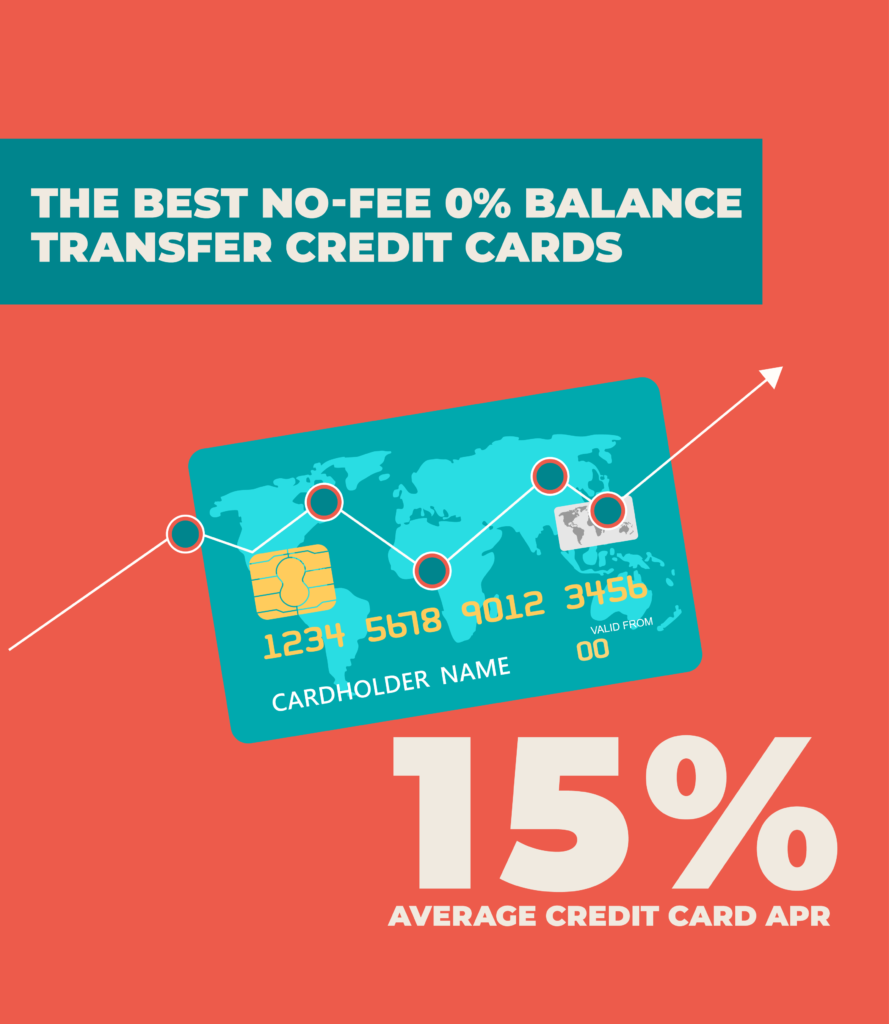
But don’t just take my word for it. Here’s how to do the math:
The average APR on a credit card is about 15%, though some can be much higher than that. Some APR, or annual percentage rates, are fixed, while others are variable. That means the interest rate on your loan could change while paying off the balance. That’s a lot to keep track of.
With most 0% APR introductory periods lasting anywhere from 12 to 20 months (the US Bank visa at the top of this list has a 20 month intro period, for example), consumers could end up paying at least an additional $1500 in interest on a $10K balance over the course of a year, sometimes more.
Don’t forget, you’ll take a hit on the balance transfer fee — somewhere between $300 and $500 for most cards, but again: tack that amount onto a $10K balance, and pay it all off within the 0% APR introductory period, and you’ll definitely save some money in the long run.
Especially when you consider, there’s no annual fee on any of the cards I reviewed. What’s more, with cashback and rewards programs, you could be earning while you save.
From this point of view, a balance transfer is definitely worth it.
You’re here to find the best no-fee, 0% balance transfer credit cards. In the next section I’ll tell you everything I liked, and a few things I thought you should be aware of about each card I reviewed.
The Best No-Fee 0% Balance Transfer Credit Card: U.S. Bank Visa Platinum Card
What put the Visa Platinum Card at the top of the ranking on the strength of the long 0% APR introductory period. At 20 months it is, in fact, among the longest introductory periods available, Meaning with the Visa Platinum, you’ll have plenty of time to pay down that debt accruing no extra interest in the meantime. Furthermore, that’s 0% APR on balance transfers and new charges on the account for 20 billing cycles after opening the account.
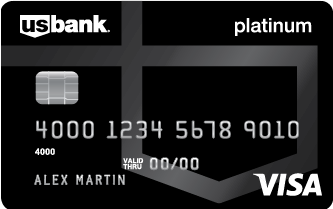
That’s not all that I liked about the Visa Platinum, though. There’s no annual fee, and the flexibility to schedule your payment when most convenient for you and your budget. What’s more, using your cell phone to pay your bill, means taking advantage of the cell phone protection plan, covering up to $600 in damages and theft with only a $25 deductible (terms, conditions, and exclusions apply).
Otherwise, the card is only available to those with good to excellent credit, and after the introductory period, there’s a variable APR between 14.49% and 24.49%. But that’s pretty average in the credit card industry, and choosing the U.S. Bank Visa Platinum means you’re supporting one of the World’s Most Ethical Companies, according to a 2021 ranking from the Ethisphere Institute.
There are a few other things consumers should be aware of about the Visa Platinum Card. I’ll cover those now. Crucially, there’s no reward program or cashback offered through the card, so earning while you spend is simply not an option with the Visa Platinum (keep reading if cashback and rewards are a priority for you).
But with balance transfer fees on the low end of average at only 3% and with that generous 0% introductory APR period, the card is hard to beat for paying down debt with no added interest.
Plus, that cell phone protection plan truly does set the card apart among the best no-fee, 0% balance transfer credit cards on the market.
The Best No-Fee 0% Balance Transfer Credit Card for Rewards: Wells Fargo Active Cash Card
If you’re not just looking to pay off debt from another high-interest credit card, but to also possibly earn some rewards while you’re at it — a vacation, possibly? — then the next card in the ranking is right for you.
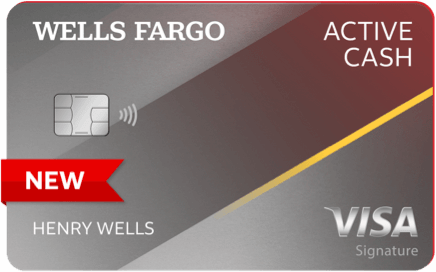
With the Wells Fargo Active Cash Card, you’ll enjoy 0% APR for 15 months after opening the account, including balance transfers made within the first 120 days. There is a 3% balance transfer fee, and after the first three months, a 5% balance transfer fee with a $5 minimum and an ongoing 0% APR.
What I really like about the card, though — good for anyone with good to excellent credit — is the $200 cash reward bonus after spending a grand in the first three months after the account is open. There are also 2% cash rewards on all purchases, with no annual fee.
What’s best, these perks come with no category restrictions to worry about, and neither do they expire so long as the account stays open. If there’s a vacation in your future, listen up. That’s because the Active Cash Card offers tons of benefits through some of the world’s best hotels through Visa Signature Concierge.
There are foreign transaction fees, though, so if a trip overseas is in your future, you may want to reconsider.
Other things to be aware of before choosing Well Fargo include 14.99% to 24.99% variable APR after the introductory period has elapsed. But Wells Fargo will cover your cell phone up to $600, with a $25 deductible if you pay your bill with your phone.
All things considered, that low introductory APR balance transfer fee, $200 cash rewards bonus, and 2% rewards, with many benefits specifically targeted for domestic travel, make the Active Cash Card the best no-fee, 0% balance transfer credit card to pay down debt while saving for a vacation.
The Best No-Fee 0% Balance Transfer Credit Card for Cash Back: Citi Custom Cash Card
Rewards are a nice feature to have in any credit card. Better still are cashback rewards, particularly if you’re financing something like a home improvement project. That’s where the next card in the list of the best no-fee, 0% balance transfer credit cards really shines.
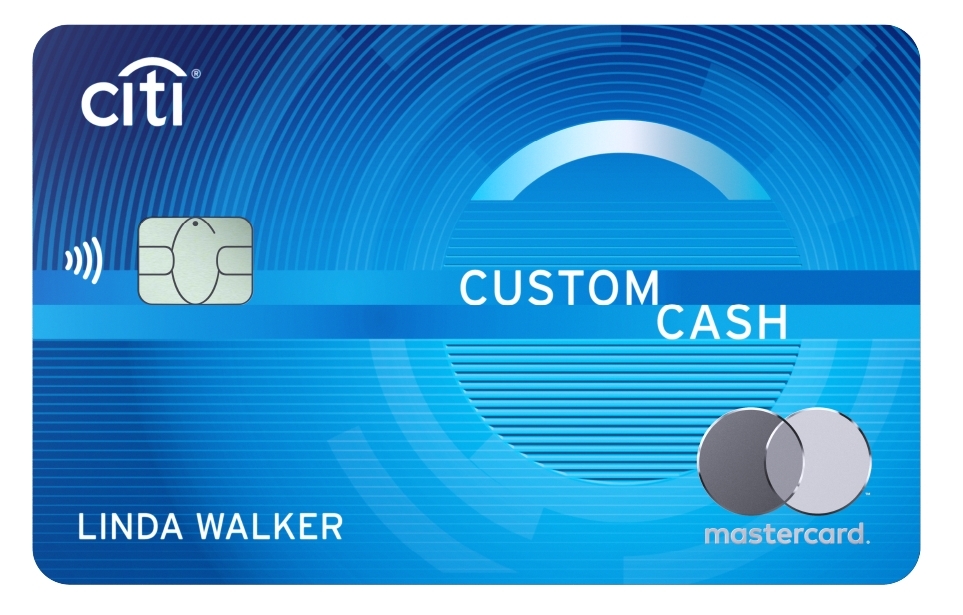
With the Citi Custom cash card, there’s no annual fee, 0% APR in the first 15 months after opening the account, and as much as 5% cash back on up to $500 spent per billing cycle on eligible categories. Following that, there’s 1% cashback on any additional spending in that same category.
Here’s what’s really cool, though: With the CITI custom cash card, there are no categories to keep track of. Instead, the card automatically tracks where you spend the most, offering 5% cash back on up to $500 in spending, and only on what’s most useful to you. That’s coupled with an additional 1% cashback on any additional spending in that category.
At between 13.99% and 23.99%, what’s also notable about the card is that the variable APR after the introductory period is potentially somewhat lower than what’s offered from other credit card companies — which is definitely a bonus.
Other points to consider about the Custom Cash Card include $200 cash back after spending only $750 in the first ninety days after the account is opened. That cashback comes in the form of ThankYou points, which can then be turned into money.
And while there are better balance transfer terms out there, (see my first pick for a better introductory offer) the generous cashback rewards offered through the Citi Bank make the card an excellent option.
That’s especially true for anyone seeking a good card for paying down other high-interest debt, while also earning cashback on useful categories, such as home improvement. There’s also the potential for the regular APR to be somewhat lower than what can be expected from other credit card offers.
Now that you have some idea which no-fee 0% balance transfer credit card could be right for you, what else do you need to know to make the most of your new account? I’ll conclude with a few frequently asked questions.
What Are the Benefits of a Balance Transfer?
Still not sure if a balance transfer credit card is right for you? Consider these pros and cons:
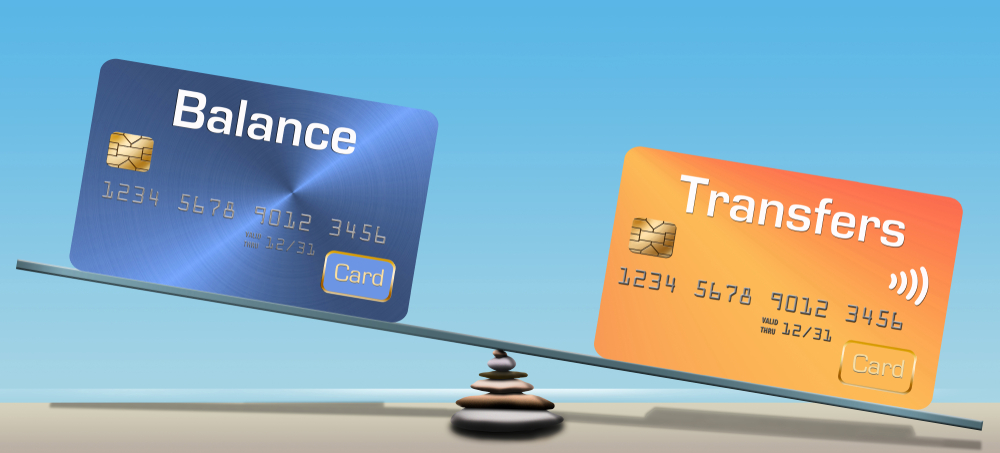
Pros of a 0% balance transfer credit card:
- Saving money while paying down debt. Again, the primary benefit of a 0% balance transfer credit card is the ability to pay down other, higher interest debt without accruing any extra interest during the introductory period. Some cards offer as much as 20 months of 0% APR financing.
Again, you’ll likely pay a one-time balance transfer fee somewhere between 3% and 5% of the total balance. But considering the fact most credit card interest rates hover from between 15% and 25%, you’ll still save money in the long run.
Plus, without extra interest tacked on, your monthly credit card payment will end up smaller than it was previously!
- Improving your credit utilization ratio while consolidating your debt. An important part of anyone’s credit score is what’s called the CUR, or credit utilization ratio. That’s the amount of credit available to a consumer versus how much debt they’re carrying across all their accounts.
A high amount of available credit and a low balance equates to a better CUR and a higher credit score. That’s exactly what can be accomplished by consolidating your debt to a single credit card.
What’s more, there are many benefits to simply consolidating your debt. Instead of making several payments a month, each with its own interest rate, why not consolidate your loans into one easy payment, take a break from the interest, and enjoy a lower monthly payment. You may even earn some rewards and cashback while you’re at it.
Cons of a 0% balance transfer credit card:
- Good to excellent credit scores are typically required. If you’re building your credit or if you have some blemishes on your credit record it could take some time to repair your score in order to become eligible for a balance transfer credit card from the ranking.
- A ding on your credit score. Any application for a credit card will show up on your credit rating, so if you’re shopping around for a new card, expect your score to dip temporarily.
Almost more important than those two points, however, is that if the remaining balance isn’t paid off within the 0% APR introductory period, interest will begin to accrue on any remaining balance, as well as any charges that were made on the card in the meantime.
But with a little careful planning, the best no-fee 0% balance transfer credit card can be a great way to consolidate different kinds of debt, paying down what you owe with no interest, and even sometimes with a lower monthly payment.
If you’re planning a road trip or perhaps a big project like a home remodel, the right card can help you earn while you save. And there’s nothing better than that.
